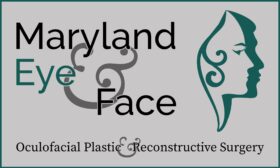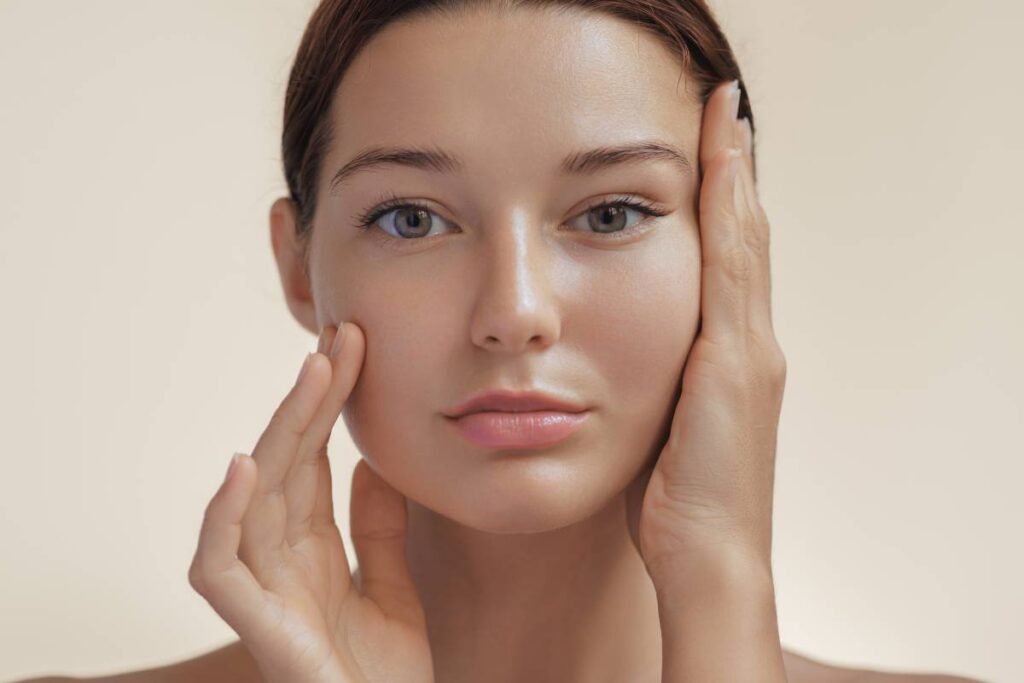Pursuing cosmetic enhancement through surgery involves weighing your goals against concerns about maintaining natural appearance and expression. A commonly occurring question regarding brow lift procedures is whether they can change how you form natural facial expressions. Modern oculoplastic surgery techniques address this issue by examining the relationship between brow position, muscle function, and expression mechanics. When performed by an experienced brow lift specialist, the procedure should enhance rather than compromise your natural facial expressions. In the end, a brow lift should enhance your appearance while preserving the muscular movements necessary for authentic facial communication.
Age-Related Changes in Brow Position
Over time, gravity, skin elasticity, and repetitive muscle contractions cause the eyebrows to descend from their youthful position. The outer portion of the brow often drops more significantly than the inner portion. This creates a tired appearance even after getting sufficient rest. Changes to other areas of the face can cause your eyes to appear smaller, the upper eyelids heavier, and the overall expression fatigued, even when feeling alert.
Preservation Focused Approaches
Contemporary endoscopic brow lift techniques prioritize expression preservation as a fundamental goal. Through small incisions at your hairline, your surgeon can access the tissue that lies below. This approach allows your surgeon to target specific anatomical structures contributing to brow descent while carefully preserving the nerves and muscles responsible for facial expressions.
Conservative Elevation
The most important determining factor of whether your expressions remain natural after brow lift surgery is how much your eyebrows are elevated. Dramatic lifting creates a look of perpetual surprise, and many patients fear the unnatural appearance it gives off. Experience brow lift specialists understand that subtle elevation produces superior results. Conservative elevation means you can still lower them when relaxed, raise them when surprised, and move them to create authentic expressions.
Initial Movement Limitations
Immediately following your brow lift, temporarily restricted forehead movement is common and has nothing to do with any permanent changes to your expression capability. Swelling, bruising, and healing create tightness and limit mobility that resolves as recovery progresses. You may have difficulties raising your eyebrows or experience unusual sensations during the first few weeks following your procedure. These early limitations are temporary and shouldn’t cause alarm during recovery.
Timeline for Expression Normalization
By around three months post surgery, most patients report their expressions feeling back to normal. They can raise, lower, and move their eyebrows through their full range of positions. The difference is that these movements now occur from an improved starting position rather than from the descended brow level that initially prompted them to seek treatment. However, some patients require up to six months to feel their expressions normalize.
Factors Relating To Expression Outcome
A key factor in outcome comes down to the level of skill and expertise of your oculoplastic surgeon. A qualified brow lift specialist carries a balanced perspective of achieving aesthetic improvement while maintaining functional capability. Ask questions and inquire about previous surgeries your surgeon has performed. Confirming your surgeon has sufficient skill and experience is a vital step in ensuring your brow lift is everything you hoped.
Another significant influencing factor is your facial anatomy. Forehead skin thickness, muscle strength, natural brow shape, and the degree of age-related drooping all impact the surgical approach and outcome. If you have concerns, communicate with your surgeon; they will answer any questions you may have.
The extent of your brow drooping influences how dramatically surgery changes your facial expressions. It is important to note that the degree of elevation required for correction doesn’t determine whether you’ll maintain natural expressions. It primarily affects how much your muscles need to adapt to accommodate the change.
Making Decisions With Confidence
When you choose the right surgeon and approach the question of whether a brow lift will change your facial expressions, you will have a reassuring answer. A qualified brow lifter specialist should preserve your complete ability to express emotion naturally while enhancing your resting brow position. Conservative elevation, careful muscle preservation, and meticulous attention to nerve pathways ensure that you retain full expression capability throughout the entire range of human emotions.
Reference:
American Academy of Facial Plastic and Reconstructive Surgery. (n.d.). Brow and Forehead Lift.

